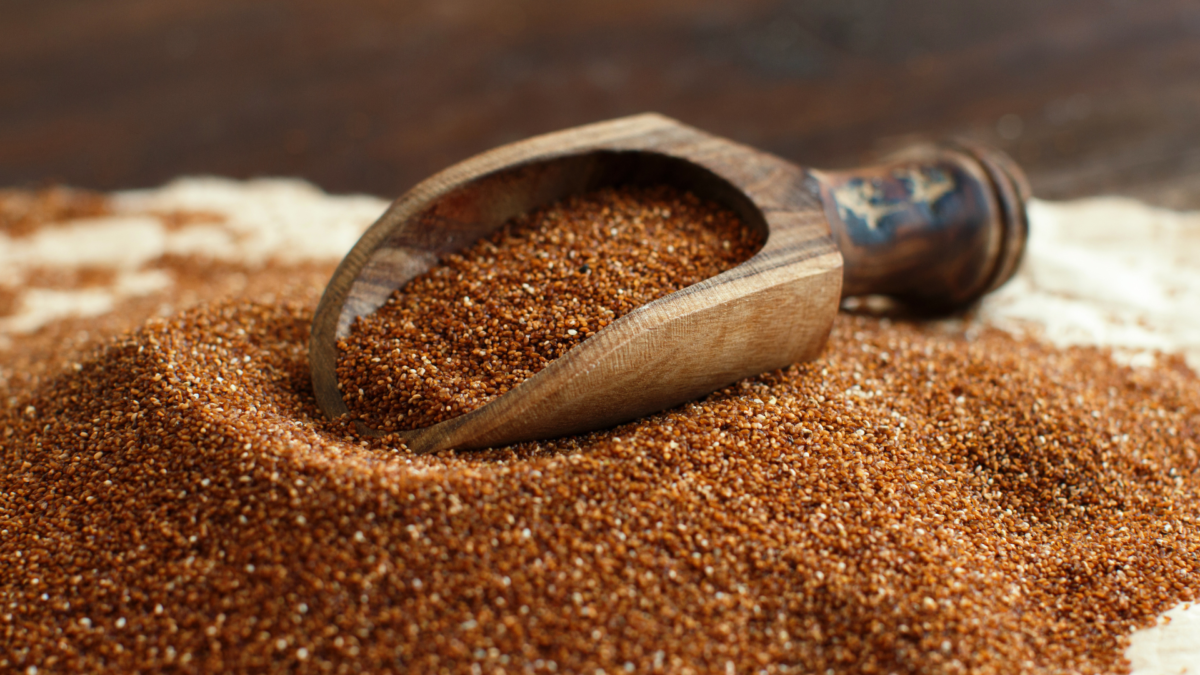JHAPA: Despite Nepal’s longstanding identity as an agricultural nation, the upward trend in agricultural imports, particularly millet, raises concerns.
Import figures through the Kakadbhitta checkpoint reveal a notable increase compared to the previous year.
According to Chandra Kishor Thakur, Information Officer at the Plant Quarantine Office in Kakadbhitta, Nepal imported 17,797 tonnes of millet from India in the fiscal year 2080/81, amounting to Rs 854 million.
This marks a significant rise from the 16,035 metric tonnes costing Rs 513 million in the fiscal year 2079/80.
Thakur highlighted the sharp decline in millet cultivation within Nepal, attributing the growing reliance on imports from India and other countries in recent years.
The trend extends beyond millet. Despite ample local production in hilly districts, imported vegetables flood the market.
Last fiscal year alone saw imports of pumpkins worth Rs 211 million, with 5,075 metric tonnes arriving from India via Kakadbhitta.
Furthermore, Nepal spent Rs 1.2 billion importing 51,113 metric tonnes of tomatoes and Rs 295 million on 14,787 metric tonnes of green chilies in the same period.
Imports of other agricultural staples like okra, onion, gourd, carrot, squash, and yam continue unabated.
Even buckwheat, suitable for cultivation across Nepal’s diverse regions, sees substantial imports through the Kakadbhitta border. Thakur noted imports of 209 metric tonnes of buckwheat costing over Rs 13 million.
Livestock feed is another significant category, with 1,443 metric tonnes imported at a cost of Rs 46 million over the past year alone.
The combined expenditure on fruit and rice imports amounted to Rs 4.87 billion, underscoring the country’s reliance on foreign sources for essential food items.
Ironically, amidst this surge in imports, Nepali farmers face ongoing challenges in finding markets for their own agricultural produce.
RSS








Comment